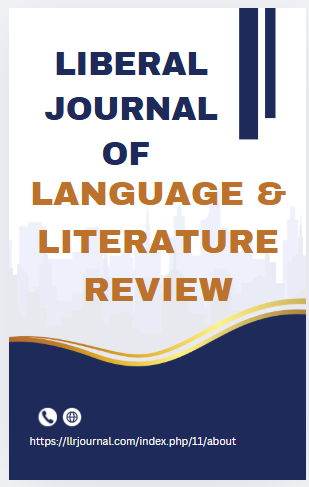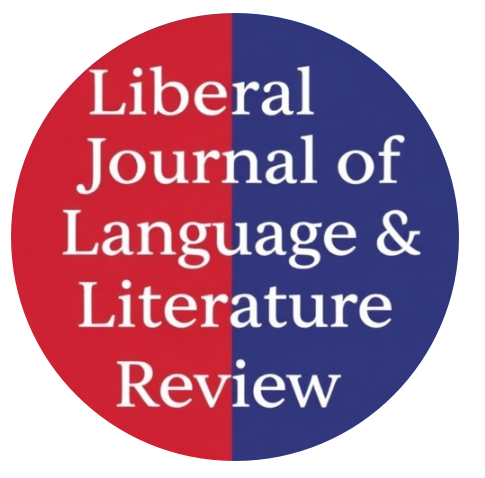Regional and Gender-Based Acoustic Variation in Pakistani English Vowels: A Sociophonetic Analysis of Thirteen Urban and Peripheral Varieties
Abstract
This study investigates regional and gender-based variation in Pakistani English (PakE) vowel production using a multi-city corpus of 208 university speakers (104 female, 104 male) from thirteen Pakistani cities. Participants produced controlled word lists and semi-natural reading passages; recordings were aligned with the Montreal Forced Aligner (McAuliffe et al., 2017) and manually corrected in Praat for segmentation (Boersma & Weenink, 2023). Acoustic measures (F1, F2, duration) were extracted, z-score normalized (Adank et al., 2004), and analyzed with descriptive statistics, vowel plots, and inferential tests (ANOVAs with Tukey HSD and targeted pairwise comparisons). Results reveal a generally triangular vowel space subject to regional restructuring: front and central vowels (e.g., /æ, ɪ, e, ə, eɪ, əʊ/) show the widest regional dispersion in F2, while low/back vowels (e.g., /aːr, ɒ, ɔː/) show the largest regional differences in F1. Cross-regional patterns indicate marked centralization in several peripheral varieties and /uː/ fronting and low-vowel lowering consistent with substrate influence from Urdu, Punjabi, Pashto, and related languages. Urban centres (Karachi, Lahore, Islamabad) present more standardized, globally aligned vowel systems, whereas peripheral sites (e.g., Gilgit, Skardu, Quetta, Khuzdar) are more centralized. Gender strongly conditions these patterns: females occupy a larger vowel area (quadrilateral ≈ 4.505 z-units²) and exhibit broader dispersion across regions, while males show a compressed vowel space (≈ 2.538 z-units²). Interpreting these findings through Vowel Dispersion Theory, Schneider’s Dynamic Model, and variationist gender theory, the data suggest female-led articulatory expansion and regionally patterned contact effects driving PakE’s internal differentiation. The results have clear implications for theories of contact-induced change and for applied domains (speech technology, teaching), calling for region- and gender-aware modeling of PakE.
Key Words: Pakistani English, Regional Vocalic Variation, Gender Vocalic Variation MFA, PRAAT , Vowel Dispersion Theory (VDT)




